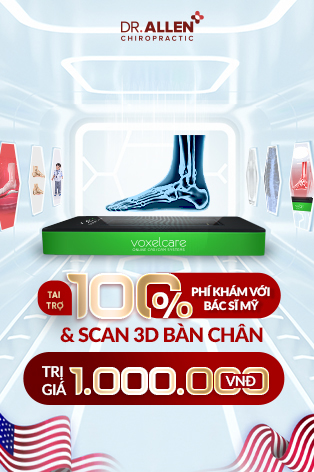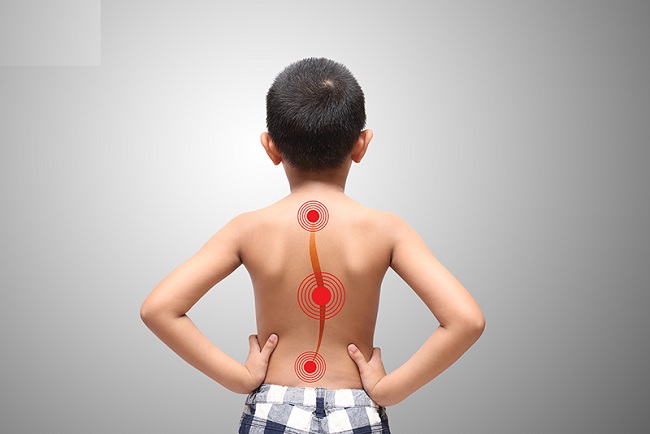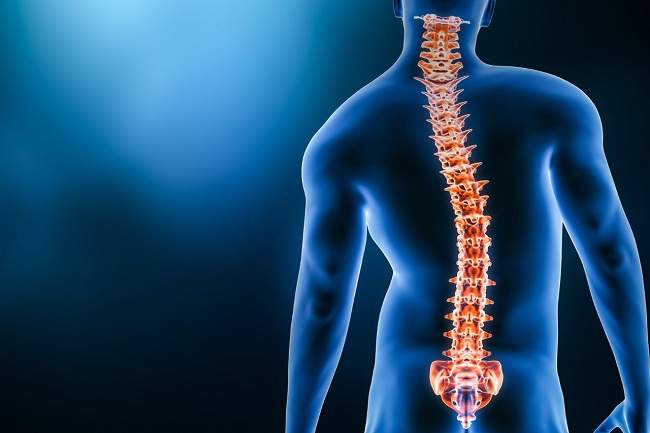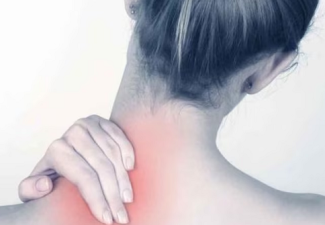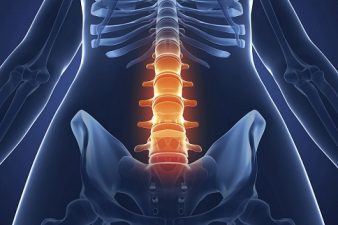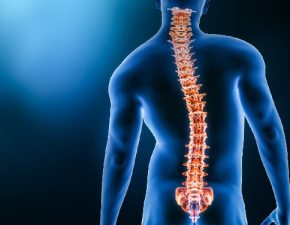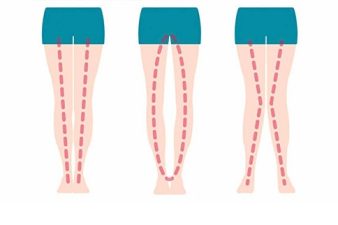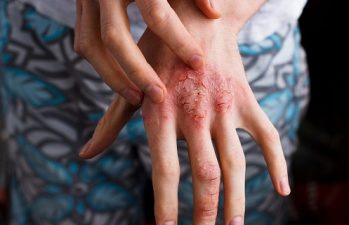Scoliosis, a complex spinal condition characterized by a sideways curvature of the spine, manifests in various forms, affecting individuals across different age groups. From infants to adults, the journey of understanding and managing scoliosis involves an in-depth exploration of its different types and potential treatment pathways. In this article, we delve deep into the nuances of scoliosis, highlighting the essential aspects to consider while navigating this intricate landscape.
Forms of Scoliosis
Understanding scoliosis begins with recognizing the diverse forms it can take, which generally include:
- Idiopathic Scoliosis: The most common type, with no identifiable cause.
- Congenital Scoliosis: Arising from a bone abnormality present at birth.
- Neuromuscular Scoliosis: Resulting from muscular or neurological conditions.
Scoliosis in Different Age Groups
Infantile Idiopathic Scoliosis and Progressive Infantile Scoliosis
In the earliest years of life, infants might be diagnosed with:
- Infantile Idiopathic Scoliosis: Observed in children aged 3 and below, this type is idiopathic, meaning its cause is unknown.
- Progressive Infantile Scoliosis: A more severe form that tends to worsen as the child grows.
- Early diagnosis and intervention, potentially involving casting or bracing, can sometimes help manage these conditions effectively.
Scoliosis in Teenagers
As children transition into their teenage years, they may experience:
- Adolescent Idiopathic Scoliosis: Commonly observed in teenagers, necessitating a careful monitoring of spinal growth and sometimes requiring treatment such as bracing or surgery.
- Scoliosis in Adults
Types of Scoliosis in Adults
In adults, scoliosis might manifest as:
- Adult Idiopathic Scoliosis: A continuation of adolescent idiopathic scoliosis into adulthood.
- Degenerative Scoliosis: Arising from wear and tear of the spinal discs and joints, commonly observed in older adults.
Can Scoliosis be Corrected in Adults?
While complete correction might not always be possible, many adults find relief and improved spinal alignment through:
- Physical Therapy: Engaging in therapies focusing on strengthening spinal muscles.
- Surgery: In severe cases, spinal fusion surgery might be recommended to alleviate symptoms and stabilize the spine.
Right Scoliosis vs Left Scoliosis
Upon diagnosis, one may hear terms like “right scoliosis” or “left scoliosis”, which refer to the direction of the spinal curve. Understanding this can be crucial in tailoring the treatment approach:
- Right Scoliosis: The curve bends to the right, commonly seen in the thoracic spine.
- Left Scoliosis: The curve bends to the left, often observed in the lumbar spine.
Differentiating between the two can help in devising targeted therapy and exercise regimes.
Scoliosis Deformity of Spine
Regardless of the type or the form, scoliosis invariably involves a deformity of the spine, necessitating a comprehensive approach to management that encompasses:
- Regular Monitoring: To track the progression of the curvature.
- Targeted Therapies: Including physical therapy and occupational therapy to manage symptoms.
- Supportive Communities: To foster a sense of support and understanding amongst individuals navigating a similar path.
Conclusion
Scoliosis, with its myriad forms and manifestations, presents a complex yet navigable landscape. From infancy to adulthood, being equipped with the right knowledge and seeking timely interventions can pave the way for better management and a higher quality of life. Whether you are a parent navigating infantile scoliosis or an adult seeking answers, remember, a personalized, well-informed approach is your ally in this journey.

